What Is Capicola and How Do You Use It?
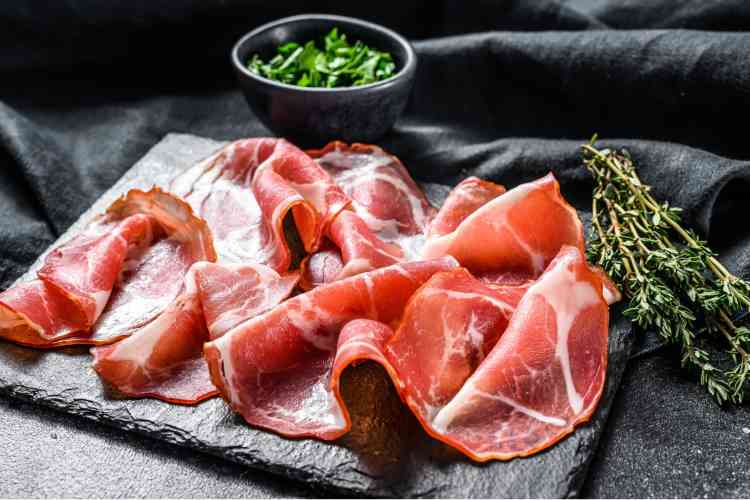
If you've ever found yourself strolling through the deli aisle of your local grocery store, you might have come across a tantalizing selection of cured meats, including capicola. These types of meats have existed for over 5,000 years and this particular type is one of the finest examples of this ancient culinary tradition. But what exactly is it? And what makes it different from other cured meats?
Join us as we explore its origins, preparation and nutritional value, offering a glimpse into the world of this cherished Italian ham. Dating back to ancient times, this cured meat has a long and storied history in Italian cuisine and soon, it will be part of your kitchen repertoire.
Jump to Section
- What Is Capicola Meat?
- Capicola vs. Prosciutto
- Capicola vs. Salami
- How To Make Capicola
- Is Capicola Healthy?
- Where To Buy Capicola
- How To Store Capicola
What Is Capicola Meat?
Capicola, also known as capocollo, cappacuolo and coppa is a type of Italian dry-cured ham seasoned with various spices. With origins dating as far back as the Roman Empire, this cured meat derives its name from the specific cut of meat used. It’s the perfect addition to a date night charcuterie board.
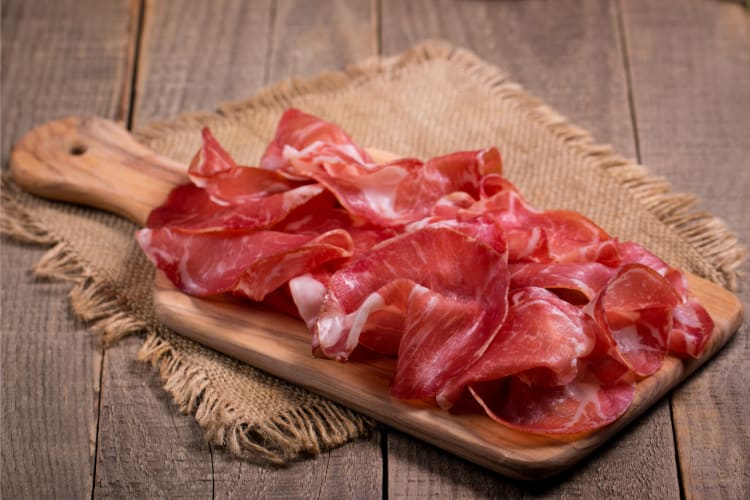
What Is Capicola Made Of?
This artisanal cured meat is made from the muscle running from the neck to the fourth or fifth rib of a pig's shoulder or neck. "Capo" means head and "collo" means neck. The defining characteristic of this pork cut is its perfect lean-to-fat ratio, typically hovering around 70/30, making each bite moist and flavorful.

What Does Capicola Taste Like?
In terms of taste, capicola is known for its unique profile. It's extremely flavorful and with each bite, your taste buds will become acquainted with saltiness mixed with the spiciness of paprika and pepper. The high-fat content and specific curing spices result in a cured meat that is creamy, yet chewy. You can also expect an aroma similar to that of bacon.
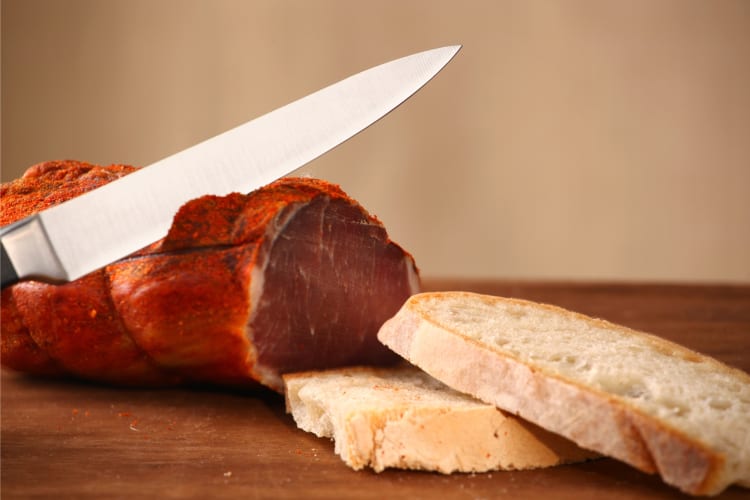
Is Capicola Spicy?
The level of spiciness in this savory cured pork can change based on the spices and seasonings used during its preparation. While there can be some spiciness, it's generally not overpowering. Pepper and paprika are common ingredients that add heat, but as stated before each recipe can have a different degree of spiciness.
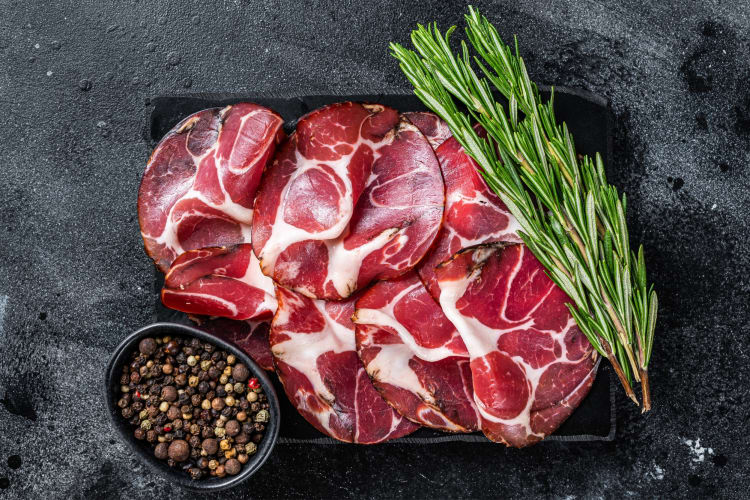
Why Is Capicola Called Gabagool?
While you might think there's a difference between capicola and gabagool, they're the same thing. The alternate name "gabagool" is an anglicized pronunciation of capicola and it’s often used in Italian-American communities, particularly in places like New York and New Jersey, contributing to the confusion.
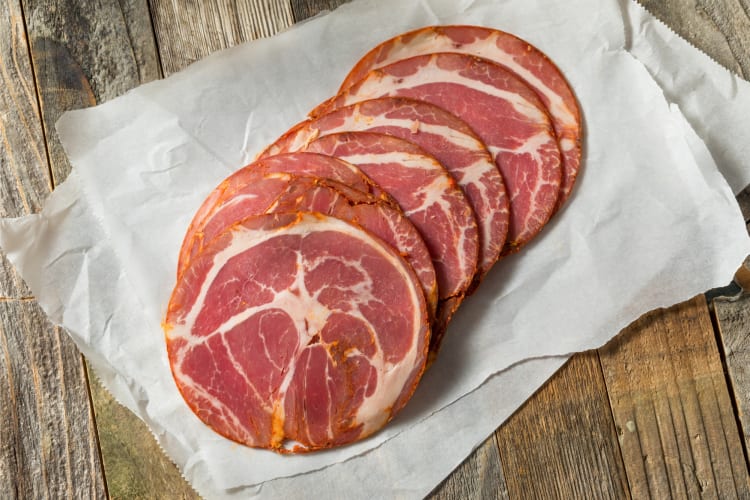
Capicola vs. Prosciutto
Capicola and prosciutto have distinct differences in taste, texture and interestingly enough, price. Capicola offers a rich, savory flavor with hints of sweetness and spiciness from seasonings like fennel, coriander and paprika. In contrast, prosciutto’s sole seasoning is salt, which gives it an unmissable salty flavor along with an existing subtle sweetness and nuttiness.
In terms of texture, capicola is tender and slightly chewy due to its higher fat content, while prosciutto has a smoother, melt-in-your-mouth texture from being thinly sliced and air-dried, resulting in a more delicate and less fatty mouthfeel. Typically, prosciutto is more expensive, but that’s mainly due to its longer curing process and the traditional methods often employed in its production.
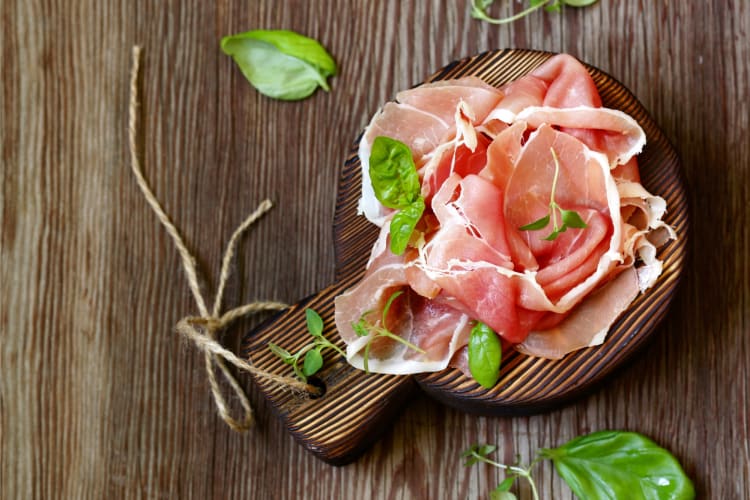
Capicola vs. Salami
Although capicola is a type of salami as for its definition of salted meat, it differs quite a bit from what we typically know as salami. Unlike capicola, which is solely pork, salami may be made from beef, poultry, venison or veal in addition to pork. Another noticeable difference is that salami typically has a more robust, peppery taste and a firmer, chewier bite.
The distinct characteristics of each meat also make them suited for different culinary applications, with capicola often served as an appetizer and salami commonly used in sandwiches or as a pizza topping.
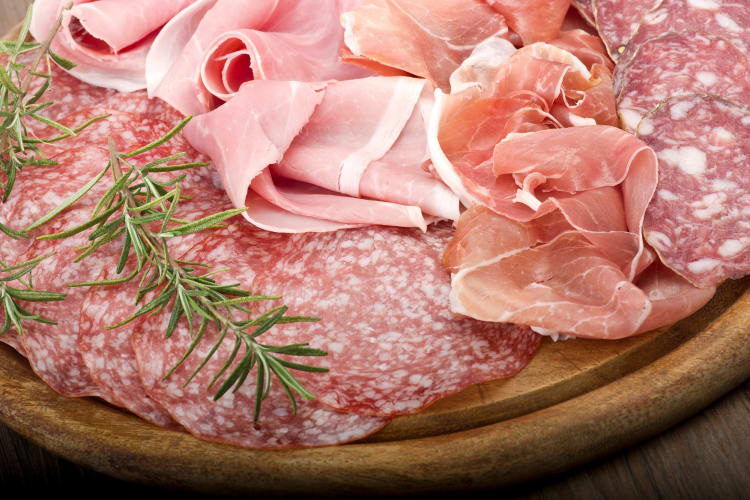
How To Make Capicola
The process of making this Italian delicacy from scratch can be time-consuming and requires a great deal of patience. If you're short on time, purchasing from a store is a great option. But if you're prepared for the challenge and the eventual reward, stay tuned.
The easiest method is to begin by seasoning pork neck and shoulder in a marinade made with garlic, herbs, wine and spices. Apply a salt rub before vacuum-sealing and refrigerating the meat for several weeks. Then, wash off the salt and season the meat again with a rub made from spices including black pepper, red pepper, fennel, paprika and coriander.
Stuff the seasoned meat into either collagen sheets or vacuum-sealed dry age bags. Finally, hang the soon-to-be cured meat in a temperature-controlled fridge or room and dry-cure for up to six months. After this process is complete, you can reap the fruits of your labor and enjoy your much-deserved cold cut. If you’re feeling up to it, you can mature your cured meat by allowing it to undergo a period of aging or ripening after the initial curing process.
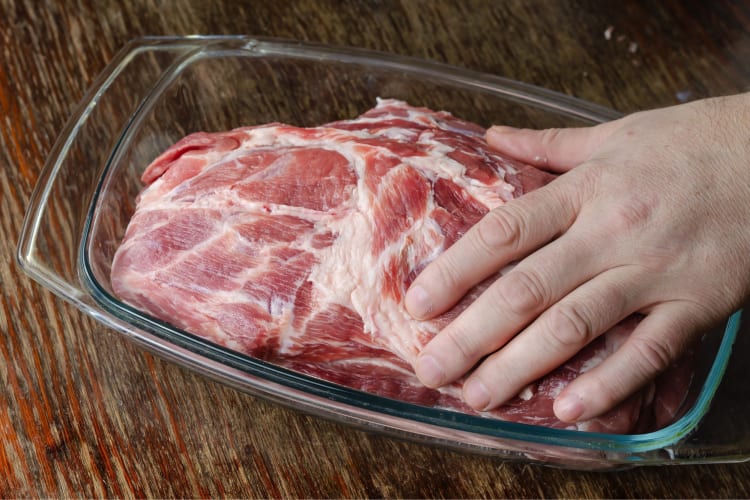
How To Cook With Capicola
If you're unsure about how to start using capicola, consider exploring cooking classes near you. These classes can provide hands-on guidance and recipes to help you incorporate capicola into delicious dishes, whether in traditional Italian recipes or innovative culinary creations. If local classes aren't available, online cooking classes are a fantastic alternative. Led by experienced chefs, they offer essential culinary skills and support you in exploring new ingredients to enhance your meals.
This beloved Italian cold cut adds a flavorful kick to a variety of dishes. Why not try it in a sandwich with provolone, roasted red peppers and arugula? It makes for an incredibly satisfying lunch. Alternatively, use it as a topping on a capicola pizza with mozzarella, red onions and basil for a heavenly dinner experience. If you’re in the mood for something light, try adding thin slices of this savory cured pork to your salad; it provides a burst of flavor and a satisfying texture.

Is Capicola Healthy?
Capicola, like many cured meats, is rich in protein and fat. It has about 110 calories in a 2 oz serving, with 7g of total fat, including 2.5g of saturated fat, which accounts for about 11% and 13% of your recommended daily intake, respectively. Each serving also provides 10g of protein and 35 mg of cholesterol. It's low in carbs, with only 1g per serving and contains essential nutrients like iron.
It's recommended that you consume this meat in moderation due to its relatively high fat and sodium content. Too much can lead to health concerns, especially if you suffer from conditions such as high blood pressure or kidney issues.
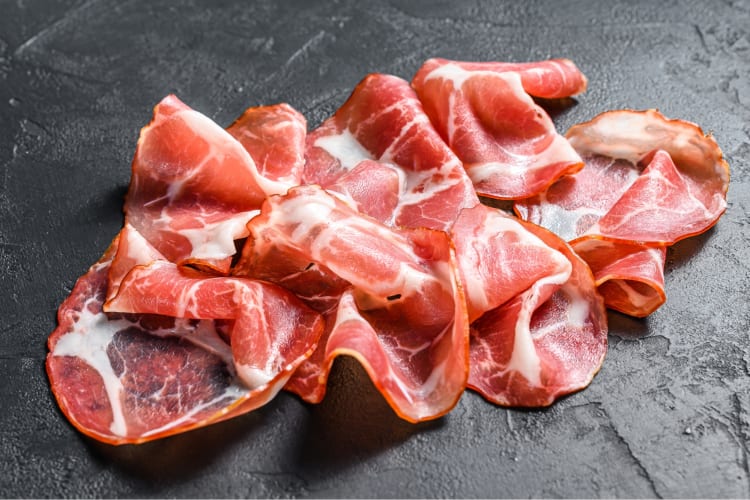
Is Capicola Gluten-Free?
Made from pork shoulder and gluten-free spices, capicola is generally regarded as safe to consume for those following a gluten-free diet. Yet, it's wise to double-check the ingredients list for any potential gluten-containing additives, especially when it’s store-bought.
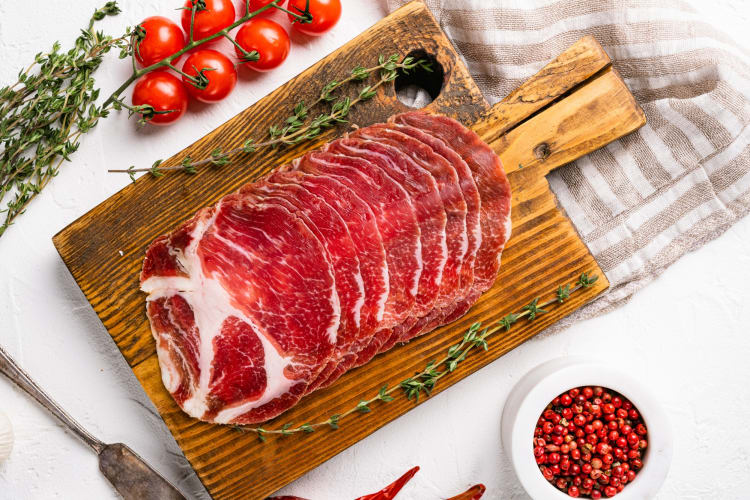
Is Capicola Keto-Friendly?
In moderation, you’ll find that due to its low carb content, in addition to its high protein and fat levels, capicola fits well into a keto-friendly diet. However, it’s important to practice portion control since it's also high in sodium and calories; consuming too much could affect ketosis.

Where To Buy Capicola
This Italian cold cut is not difficult to find, with several ways that you can get your hands on it. Start by checking the deli section of your local supermarket; chances are, they stock a variety of deli meats. For a more specialized selection, check out your nearest specialty food stores or Italian food markets in your area. The staff are likely to be more knowledgeable and can even provide recommendations.
If you’re feeling up to the task and want to try your hand at making this traditional Italian meat at home, you can simply purchase a convenient charcuterie kit online. These kits typically contain dry age bags for your meat, juniper berries and more to get you started.

How To Store Capicola
Due to its cured nature, capicola is one of the more hardy deli meats on offer, boasting decent longevity. Thanks to its high acidity and low moisture content, it also resists rapid bacterial growth. Having said all that, it should never be stored in the pantry to avoid food-borne illnesses; instead, it must be stored in the fridge to be on the safe side.
To properly store cured meat, keep it in its original packaging or transfer it to an airtight container. Place it in the fridge away from light and other foods to prevent them from absorbing its potent aroma and flavors. How long does capicola last in the fridge? In general, once opened, it can last roughly five days. Alternatively, it can last up to three months if you freeze it, but the texture may be affected.

Hopefully, by now you’ve learned a thing or two about capicola, whether it’s sourcing, making it yourself or understanding its rich history rooted in culinary traditions and painstaking craftsmanship. This popular charcuterie item serves as a versatile ingredient that is guaranteed to enhance any dish, from salads to pasta sauces and even pizza. By recognizing what this pork shoulder delicacy is and its uses, aspiring chefs and food enthusiasts alike can enhance their dining experiences.
For even more ways to explore your favorite foods, check out other experiences happening on Cozymeal.



FOOD FOR THOUGHT?
Join the conversation.